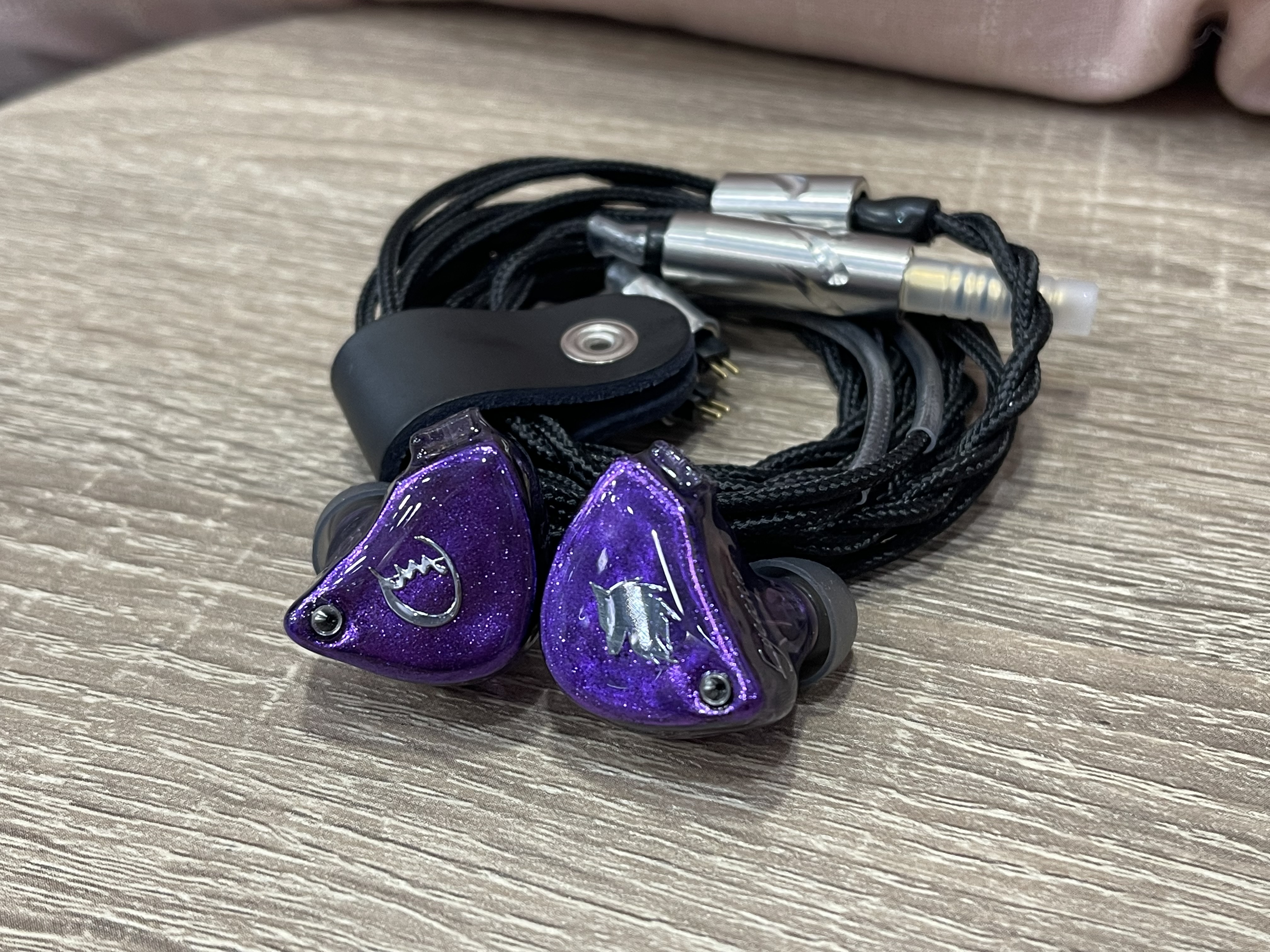RikudouGoku
Member of the Trade: RikuBuds
Alright, here we go.I was thinking about the influence that impedance adapters (that fit between DAC and IEM on purpose) have on the frequency response.
Well, I thought, perhaps the choice of having such a high output impedance has something to do with this matter?
Source impedance effect on transducer frequency response
Does the source impedance, that is, the impedance from both the transducer cable AND the OUTPUT Impedance from the amp combined have any effect on the frequency response? If so, are there any criteria for it to happen? Does it matter to you as a buyer/consumer?
1: The source impedance CAN have an effect on the FR and thus, what we are hearing from our setup.
2.1: There are requirements for it to happen. First, you need a transducer with an UN-even impedance response. Single DDs and Planars have a flat impedance curve so they DO NOT qualify. Single BAs, hybrids and multi-drivers have an UN-even impedance curve so they DO qualify and thus they CAN be affected by source impedance. The next criteria that need to be fulfilled, is that the impedance of the transducer needs to be low (usually under 16ohm@1kHz could be considered as low impedance). And lastly, the source impedance between setup A and B needs to be sufficiently different enough to actually matter (for example a difference of 0.1ohm is really not going to have an audible change but 1ohm is likely).
2.2: You can use this website ( https://reference-audio-analyzer.pro/en/index.php ) to check for yourself. For example, take the iem Tansio Mirai TSMR-4 pro. First you need to check the impedance response of it, is it uneven and low impedance?

(link: https://reference-audio-analyzer.pro/en/param14.php )
It is uneven and the impedance at the lowest point (around 5kHz) is around 10ohm and thus it has the requirements that needs to be there for the FR to change with source impedance. Now we can go ahead and use the “The comparison of frequency responses from joint work of amplifiers and headphones - Direct comparison of graphs” feature on that site (link: https://reference-audio-analyzer.pro/en/param7.php ) and look up the FR of the TSMR-4 Pro with the apple dongle (0.9ohm OI, source ASR)

Then compare that with another source that has a different OI, for example the Fiio K5 Pro (2.2ohm OI, source ASR)

And you can spot the difference in FR at around 2kHz-10kHz (notice also how that is the area where the impedance curve of the TSMR-4 Pro is lower than the rest).
And this is also reflected upon my own squig of it.

(Although with only a difference of 0.31ohm, the gain difference is around 1-2db)
But with a much higher OI, like the Loxjie P20 (apparently 40-50 ohm OI)

The difference is much more dramatic.
2.3: Now take for example a single DD like the Tanchjim Oxygen.

Completely flat impedance curve, so source impedance will not have any effects on the FR.

3: So, does source impedance matter to you as a buyer/consumer? As shown above, it depends on what transducers you have/plan to use. If you are solely using single DDs or single Planars then it will not matter at all. But if you have single BAs, hybrids, multi-drivers then it is something you should take into consideration. Generally, it is best to aim for under 1ohm OI from the amp while you really do not have to think much about the cable impedance as they generally measures under 0.3ohm (for iem cables at least).































